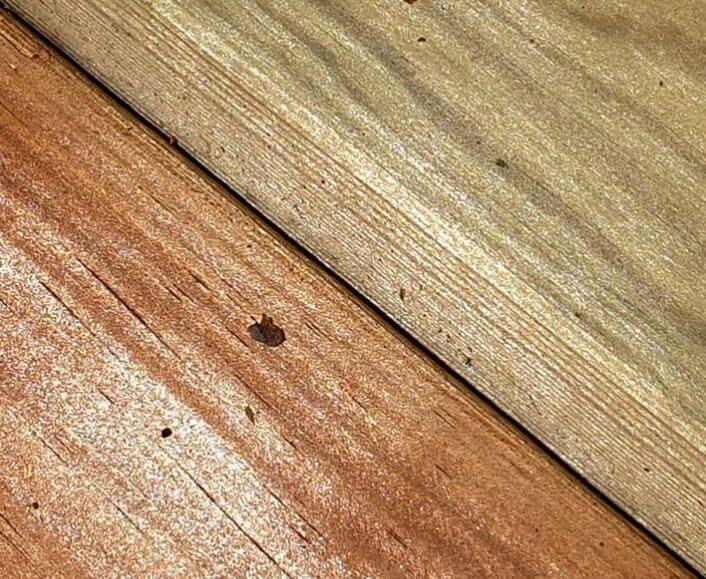Because of the health concern, “can you use pressure treated wood indoors?” is a question asked by builders.
The purpose of using pressure-treated wood is to make your furniture immune to rotting, fungi, and insects.
Indoors, where the furniture does not suffer from harsh weather, the raw wood is typically preferable.
It is lighter, more attractive, and not processed with a potentially toxic substance.
In certain cases, the use of indoor pressurized wood still makes sense.
You may have a wall in your basement or bathroom, or a shower bench, where moisture is a problem.
However, this depends on the chemicals used in the treating process.
Related:
- Building With Wet Pressure Treated Lumber
- Can You Use Non Pressure Treated Wood Outside?
- How to Use Pressure Treated Wood Inside
- Staying Safe around Treated Wood
- Do You Have To Remove Old Stain Before Restaining?
- How To Waterproof Wood For Bathroom?
- Can You Paint Composite Decking?
- How Long Does Primer Take To Dry On Wood?
- Is Polyurethane Toxic After It Dries?
What Is Treated Wood?
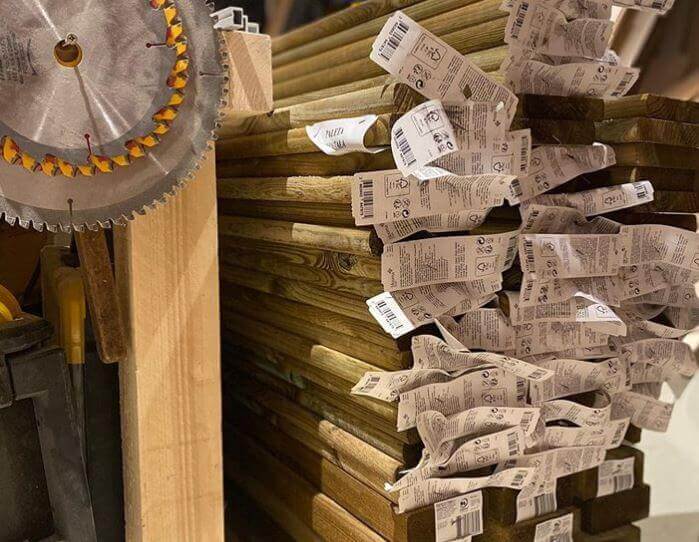
Since the 1940s, carpenters started to treat the timber with pressure.
Over the past several years, the industrial manufacturers have developed it deep into the grain under pressure by infusing CCA (chromated copper arsenate).
This compound contains arsenic, so you definitely do not want it near the babies’ mouths and fingers.
The industry however quit using CCA in 2003 to give timber a deep green color.
Today, the chemicals you find in the pressurized wood are more benign.
The quaternary of ACQ, SBX (sodium borate), and MCQ (micronized copper quaternary) is included.
The wood also stains these compounds but not as much as CCA and usually the color is color to the original.
Is Using Pressure Treated Wood Indoors Safe?
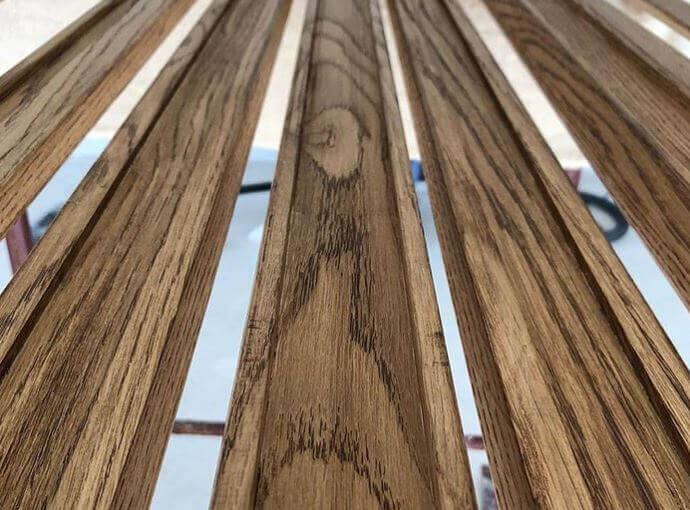
Some manufacturers assure that as long as it is used in appropriated applications, boards treated with borates or micronized copper is safe at home.
These include any area that is not food surfaces such as cutting boards, countertops, or places where pets are likely to chew it.
If a subfloor or wall is covered with drywall or tile using processed material, there is no risk to health.
You will also get the protective effect from the moisture and insects that the manufacturers offer.
There are many advantages of pressurized lumber if you are considering using:
- Affordable: Although the price of the treated ones is expensive than the raw ones, it is still affordable today. In certain cases, people can save from 30% to 40% of the cost in comparison to other types of lumber.
- Strength: It is very difficult to scratch or dent. Protective coating timber can last longer than other forms. It will still look amazing years after it is installed.
- Insects prevention: Processed boards are not attractive to pests. Toxicity can occur if an insect remains on the board long enough. Termites and other pests are also not an issue.
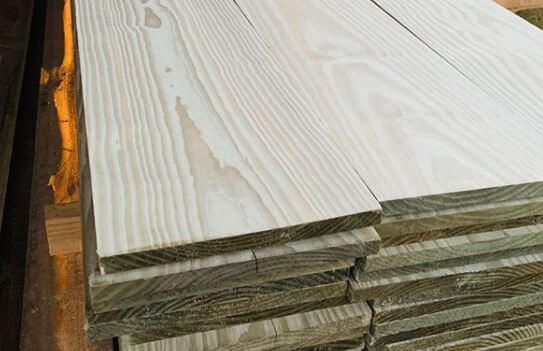
Which Risks May I Face When Using Treated Wood Indoors?
For daily use, there are no significant dangers in indoor projects.
Modern processed lumber now uses chemicals less harmful to humans.
However, complications will occur if you use the surfaces for preparing food on it or burned it.
When you inhale the fumes from the smoke, it will cause serious issues with health since the exposure to poisonous compounds such as arsenic.
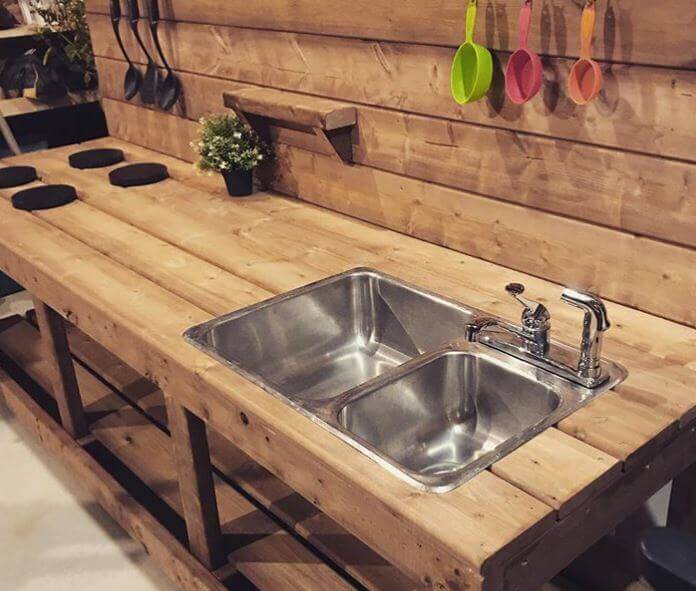
Some builders use recycled materials from telephone poles and cross ties.
Many consider this is a huge concern for people living in that house because most houses are sealed tightly to maintain energy efficiency.
The number of chemicals from the recycled boards could be elevated to harmful levels.
This could lead to a negative respiratory impact for residents inside.
How To Use Pressure Treated Wood Indoors?
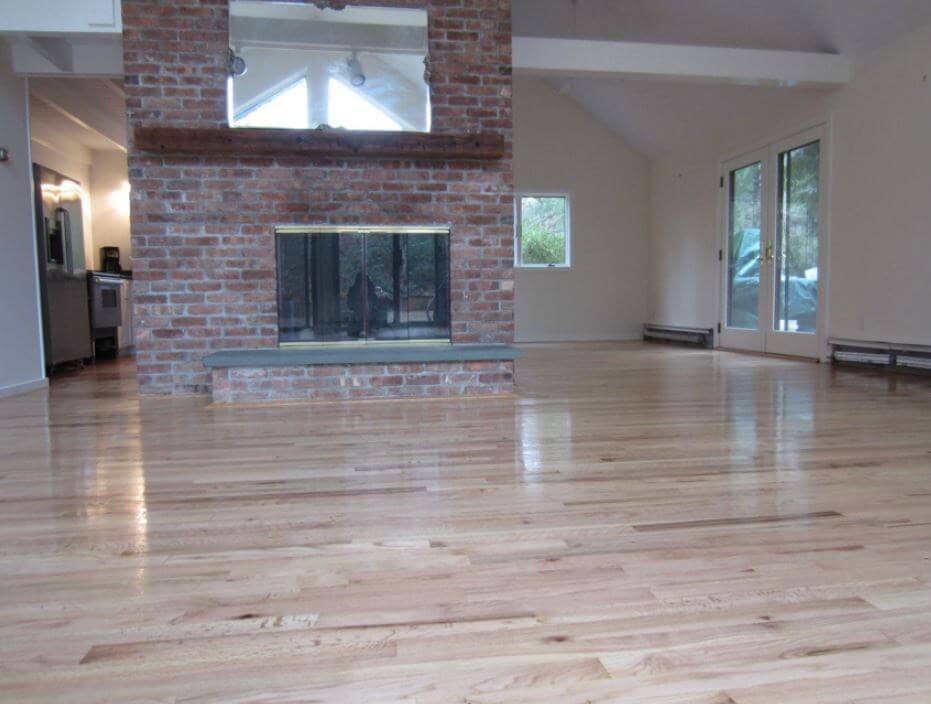
When choosing lumber for any project, it is suggested to check the label affixed to the end of the board.
It tells you which compounds have been used in the method of pressure treatment and which applications have been rated for timber.
Wood rated for ground contact requires the best chemical materials but not good for an indoor project.
Treated pine of fir decking or trim lumber is preferable.
Never use recycled treated lumber indoors. It has been treated with CCA, which left it arsenic.
Below is an illustration of a treated board:
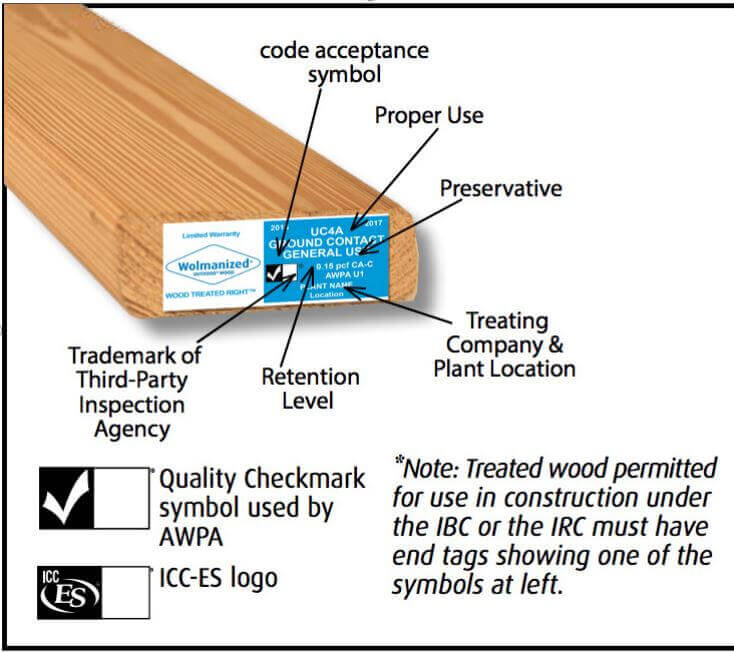
You should plan to paint or finish it if you are going to leave the processed lumber exposed, such as a post or ceiling rafter.
Giving it a protective coating not only makes its appearance more attractive but also seals in the chemicals and provides another level of protection against threats.
Several practical and safe ways of using pressurized timber indoors:
1. Wall paneling:
Coated boards are perfect for your wall paneling, especially the basement, as it provides both water and mold resistance.
To assemble quicker, you should paint or stain your board to avoid the presence of chemicals.
2. Flooring:
The floor is one of the best areas where you can use pressurized lumber.
These wood are reputed for resisting molds and moisture such that we can use it on wet floors such as bathrooms. You should try cutting with a laminate or a carpet to avoid the threat of chemicals.
3. Sill plates:
Sill plates are usually fixed to the lower parts of the door or wall which help in anchoring the home to the foundation.
Treated boards are compatible with carbon steel fasteners, do not need special handling, and also prevent decay and insect infestation.
4. Framing:
Pressurized lumber is one of the best options for frame basements. When used, this kind of material can resist the growth of molds, mildew, and even moisture.
5. Furniture:
We can use treated lumber in the making of indoor furniture such as kitchen tables, chairs, etc. areas with high humidity.
Nevertheless, since they likely come into contact with utensils and so much more, we do recommend adding a top coat like paint or stain to the surface of your boards.
Safety Precautions
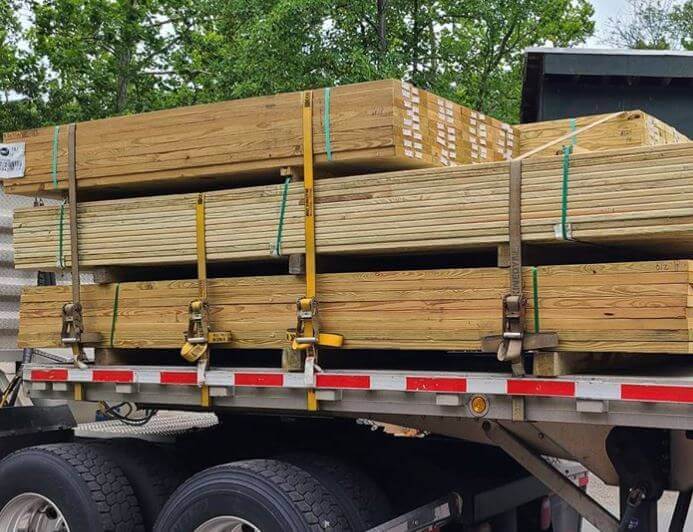
You should use pressure treated wood indoors but please pay attention to these precautions for your safety:
- The sawdust maybe a nose, eye, and skin irritant: It is strongly advisable to use a dust mask, eyes cover, and prevent contact with your skin as much as possible, and do not forget to gather the sawdust for disposal.
- Processed wood should not be burned except by experts: Since the arsenic does not burn off, you can find the amount of toxicity in the smoke is much higher than from regular wood. Be careful to not let the ash touch your soil or compost heap.
- Do not use processed lumber for making cutting boards or any surface for food preparation: These surfaces may be covered by chemical preservatives as needed with an oil-based wood layer to seal. These compounds can affect your health badly.
- Processed lumber is intended mostly for outdoor uses: Since the coating is essential to prevent damages from uncontrollable environmental factors and lengthen the life of your works, this kind of wood is preferable.
- Drill any nail or screw hole within an inch of the end of the board: This decreases the likelihood that your board will be broken while being fixed. Also, only use the right fasteners that are galvanized for each certain type of treated wood.
Frequently Asked Questions About Using Treated Wood For Indoor Furniture
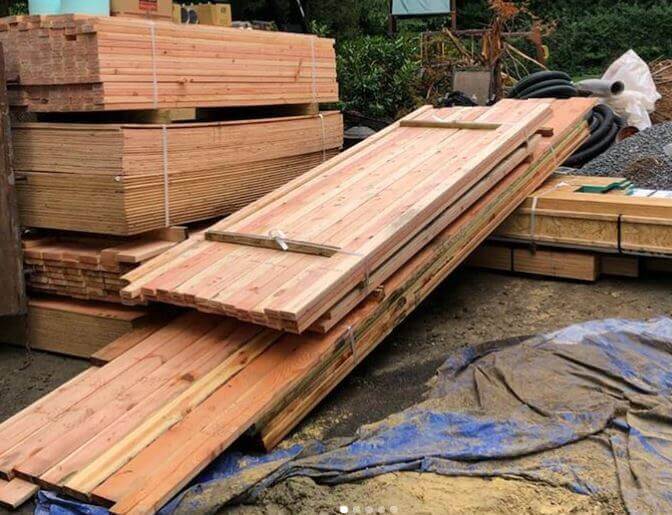
1. What Are The Pros And Cons Of Using Copper Based Preservative Board?
Copper-based materials are much more expensive.
Manufactures minimize the number of preservative boards required in less demanding applications to keep them affordable.
For example, 5/4 inches boards usually used for decking would receive fewer preservatives than the above-ground 2x rated boards.
That means if your lumberyard does not contain the right quantity of protection layer for ground contact and you use it for raising garden or burying, you might find the material rotting in short order.
2. Should I Recycle My Old Deck?
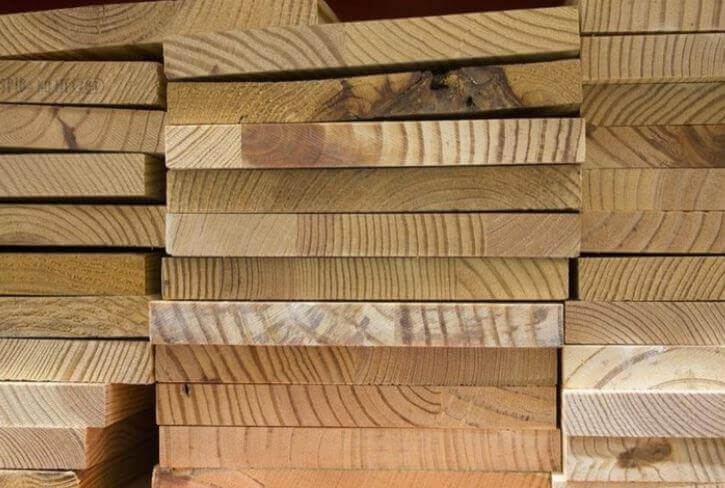
Absolutely not. In fact, existing decks can release more chemicals when tearing out than leaving them in place.
Applying a penetrating oil finish can decrease human and animal exposedness on pressurized surfaces.
3. Can I Stain Pressure Treated Wood Used For Indoor Projects?
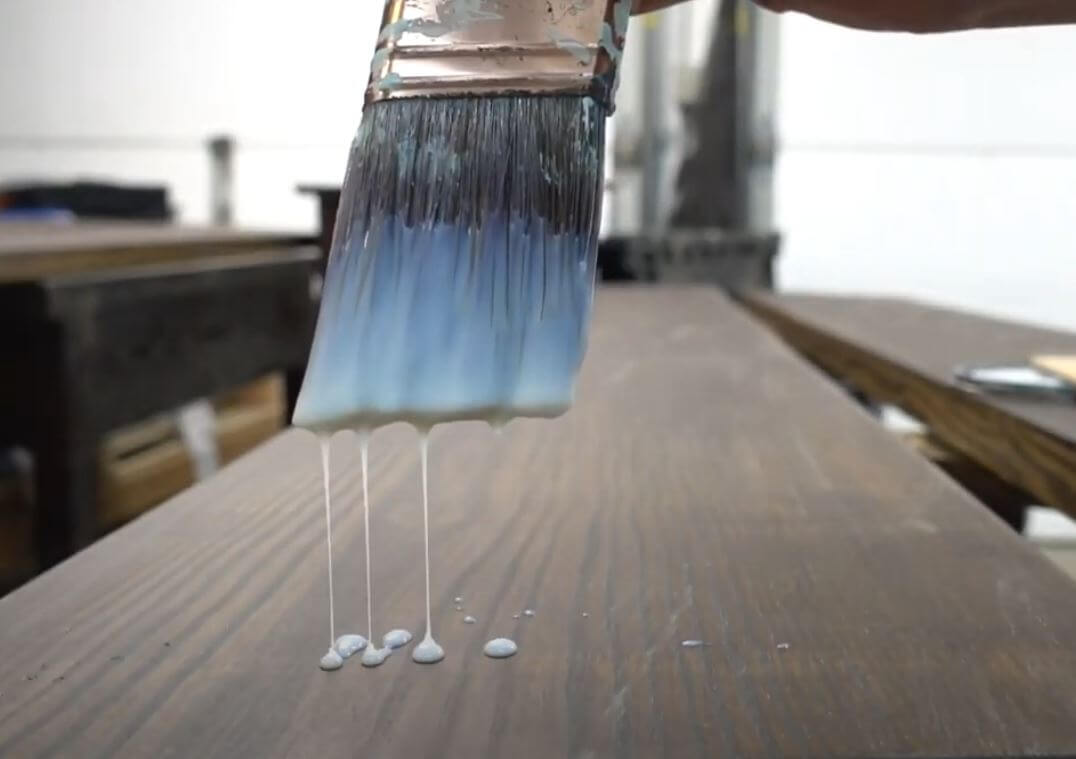
Definitely! There is a lot of available oil or latex products that can be used.
If you do not want to wait for up to two months before staining, you can choose a product made for use in fresh pressure treated lumber.
Moreover, applying a penetrating oil finish can eliminate CCA exposure on older decks or chemicals in newer decks.
It is thus advisable to coat all pressurized surfaces with an oil finish.
Check out this video of Kreg Tool on how to stain treated lumber:
4. Should Deck Posts Be Buried?
Yes if they are rated for ground-contacting.
It relies on local codes.
Some do not allow to bury posts in any circumstances and must be fitted or physically attached to a concrete base.
Conclusion
Can you use pressure treated wood indoors? Ultimately, you have to make your own decision to use this kind of timber in your house. Experts from both sides make arguments on the claim of whether if chemical seepage is prevalent.
However, it is great when it comes to resisting sun, moisture which makes them suitable for a high level of humidity inside your houses such as bathroom floors, wall paneling, and sill plates.
If you want to use this indoor, weigh the advantages and drawbacks and see if the cost efficiency and strength of the timber are worth the harm.
Further Reading:
- Best Finish For Wood Kitchen Table
- Top 5 Best Polyurethane For Outdoors
- Best Primer for Bare Wood
- Best Wood Stain Remover
- Thelitsea.com
Tags: untreated wood, environmental protection agency, contact with food
